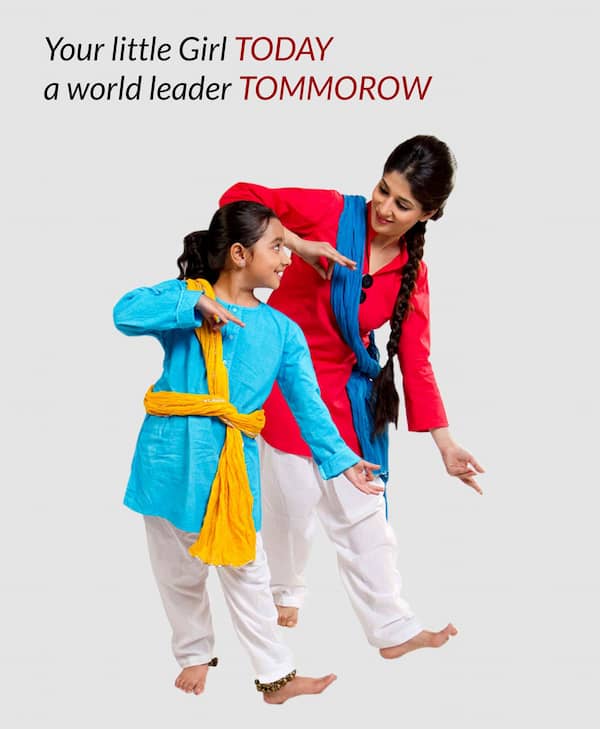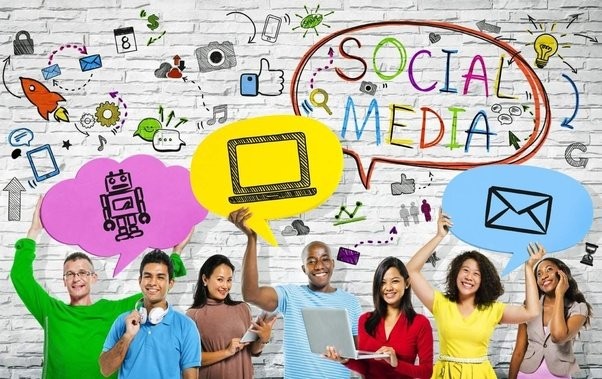Social media encompasses various online platforms that facilitate the creation, sharing, and exchange of information and ideas in virtual communities and networks.
These platforms allow users to interact, collaborate, and participate in real-time conversations, thereby forming an interconnected global society. In the context of education, social media plays a pivotal role in reshaping traditional learning methods and fostering a more dynamic and interactive educational experience and the role of social media in modern education.
Evolution of Social Media in Education
The integration of social media into education is a natural progression reflecting the broader societal shift towards digitalization. Initially used primarily for personal communication and entertainment, social media platforms gradually found their way into the educational landscape by incorporating Social Media in Modern Education.
The evolution has been marked by the recognition of the potential benefits these platforms offer in terms of communication, collaboration, and resource sharing within the academic realm.
Significance of Social Media in Modern Education
The significance of social media in modern education is multi-faceted. It transcends geographical boundaries, facilitates instant communication, and provides access to vast repositories of information.
Social media platforms have become integral tools for educators and students alike, fostering a more inclusive, collaborative, and engaging learning environment. This section will delve into the profound impact that social media has on shaping the educational landscape in the contemporary era by incorporating Social Media in Modern Education.
Social Media Platforms in Education
Overview of Various Platforms
Facebook:
Utilized for creating educational groups, sharing resources, and facilitating discussions.
Allows educators to create pages for their classes or institutions, enhancing communication and engagement.
Twitter:
Enables real-time updates and quick dissemination of information.
Popular for educational chats, where educators and students can participate in discussions using hashtags.
Instagram:
Valued for its visual nature, used for sharing educational content through images and short videos.
Effective for creating a visual narrative of educational experiences.
LinkedIn:
Primarily used for professional networking and career development.
Valuable for students in building an online professional presence and connecting with industry experts.
YouTube:
A powerful platform for hosting and sharing educational videos.
Supports a variety of educational content, from tutorials to documentaries.
TikTok:
It gained popularity for its short-form videos, which are suitable for conveying concise educational content.
It provides a creative avenue for educators to engage students.
B. Use Cases and Examples
Collaborative Learning:
Social media platforms facilitate collaborative learning by enabling students to share ideas, discuss topics, and work together on projects irrespective of physical location.
Content Sharing:
Educators can share lecture notes, presentations, and supplementary materials, making educational resources more accessible to a broader audience.
Communication and Networking:
Social media enhances communication between teachers and students, creating an open channel for queries, feedback, and announcements.
Real-time Updates and Announcements:
Educational institutions use social media for real-time updates, event announcements, and emergency notifications, ensuring timely dissemination of information.
Advantages of Social Media in Education
Enhanced Communication
Teacher-Student Interaction:
Social media platforms break down traditional communication barriers, allowing students to interact with teachers outside the classroom. Students can seek clarification, discuss assignments, and receive feedback in real-time.
Student-Student Collaboration:
Social media promotes peer-to-peer collaboration, fostering a sense of community among students.
Group discussions and collaborative projects can be conducted seamlessly, enhancing the overall learning experience.
Access to Learning Resources
Open Educational Resources (OER):
Social media serves as a platform for sharing OER, making educational materials freely accessible to a global audience.
This democratizes education, reducing financial barriers to learning.
Online Courses and Tutorials:
Many educators utilize social media to share links to online courses and tutorials, offering additional learning opportunities beyond the traditional classroom setting.
Platforms like YouTube host a plethora of educational content, ranging from academic lectures to skill development tutorials.
Global Learning Community
Connecting Students Globally:
Social media transcends geographical boundaries, allowing students from different parts of the world to connect, share perspectives, and engage in cross-cultural dialogue.
This global connectivity enriches the learning experience by exposing students to diverse viewpoints.
Cultural Exchange and Diversity:
Social media platforms enable the sharing of cultural insights, traditions, and perspectives.
Students can gain a broader understanding of the world and appreciate cultural diversity through interactions on social media.
Challenges and Concerns
Privacy and Security
Data Protection:
The collection and storage of personal data on social media platforms raise concerns about privacy and data security.
Educational institutions must establish protocols to safeguard sensitive information and adhere to data protection regulations.
Cyberbullying:
The online environment can become a breeding ground for cyberbullying, affecting the mental well-being of students.
Educators and administrators need to address and mitigate instances of cyberbullying effectively.
Distraction and Time Management
The informal nature of social media can lead to distractions, affecting students’ focus on academic tasks.
Balancing social media engagement with productive academic activities requires effective time management skills.
Information Accuracy and Reliability
The ease of information dissemination on social media raises concerns about the accuracy and reliability of content.
Students must be taught critical thinking skills to discern credible information from misinformation.
Best Practices for Integrating Social Media in Education
Establishing Guidelines and Policies
Educational institutions should develop clear guidelines and policies governing the use of social media in an educational context.
These policies should address issues such as acceptable behavior, privacy protection, and the responsible use of social media platforms.
Training and Professional Development for Educators
Educators should undergo training to effectively integrate social media into their teaching methods.
Professional development programs can enhance educators’ digital literacy and enable them to leverage social media for educational purposes by incorporating Social Media in Modern Education.
Promoting Digital Literacy
Institutions should prioritize digital literacy education to equip students with the skills needed to navigate and critically evaluate online information.
Digital literacy programs should cover topics such as online etiquette, information literacy, and responsible digital citizenship.
Monitoring and Evaluation
Regular monitoring of social media activities within educational settings is essential.
Evaluating the impact of social media integration on student engagement, learning outcomes, and overall satisfaction helps refine strategies for future implementation.
Future Trends
Emerging Technologies in Education
Integrating emerging technologies such as augmented reality (AR) and virtual reality (VR) into social media platforms will redefine the learning experience.
These technologies can create immersive educational environments, enhancing engagement and understanding.
Potential Innovations in Social Media for Education
Innovations in social media platforms may include features specifically designed for educational purposes, such as advanced collaboration tools, interactive quizzes, and virtual study groups by incorporating Social Media in Modern Education.
Artificial intelligence (AI) could play a significant role in personalizing learning experiences based on individual student needs and preferences.
Conclusion
The Future Outlook of Social Media in Education
The future of social media in education holds exciting possibilities, with emerging technologies and innovative features expected to further revolutionize the learning experience.
While challenges persist, the ongoing development and refinement of best practices, guidelines, and policies will contribute to harnessing the full potential of social media as a powerful tool for education in the years to come by incorporating Social Media in Modern Education.
The evolving relationship between social media and education reflects a dynamic interplay between technological advancements and pedagogical needs.
As educators, students, and institutions navigate this landscape, a thoughtful and strategic approach to leveraging social media can lead to a more inclusive, collaborative, and effective educational environment by incorporating Social Media in Modern Education.














